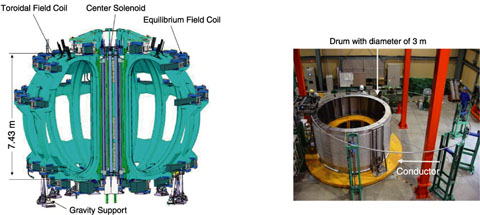
Fig.3-13 Bird’s eye view of arrangement of superconducting coils and manufacturing of equilibrium field coil

Fig.3-14 Bird’s eye view of arrangement of vacuum vessel body and upper half of 20° trial sector of vacuum vessel
As part of the Satellite Tokamak Programme jointly implemented by Europe and Japan, the construction activities of JT-60SA, including the following activities, have been progressing well: design and manufacturing of the components, the preparation for the tokamak assembly that is to be started in 2012, and site preparation for generating the first plasma in 2016. The procurement arrangements (PAs) for the superconducting poloidal field (PF) magnet, vacuum vessel (VV), divertor, first-wall materials to be made by Japan, and other PAs for the magnet power supply, cryostat, high-temperature superconductor current leads, superconducting toroidal field (TF) magnet to be made by Europe were completed so far by two implementing agencies (IAs): the Japan Atomic Energy Agency (JAEA, Japan) and Fusion for Energy (Europe). The contracts were awarded between the IAs and industry, and the activities for the procurement of components were carried out according to the PAs.
The PA for the TF magnet was concluded in 2010, and the contract for manufacturing the conductor was launched. For the PF magnet, which consists of the equilibrium field (EF) coils and the central solenoid (CS), the buildings for the conductor jacketing and 80 m long coil winding were completed at the JAEA Naka site in 2009, and manufacturing of the conductor for the EF coil was started in 2010 with the 630 m long jacketing line (Fig.3-13).
The VV trial sector was completed at the company’s factory in 2010, and series production was started (Fig.3-14). The VV sector assembly building was constructed at the Naka site, and it was ready for carrying out the welding of 40° inboard and outboard VV sectors (the height of the donut-shaped vessel: 6.6 m) to be delivered from the company to the Naka site. The procurement of the first-wall materials (carbon fiber composite materials) to be used in the VV is also progressing steadily.
Along with the construction activities, disassembly of the JT-60 facility, including the removal of some parts of the heating system, the wall for the neutron shielding, and the diagnostic stage in the JT-60 experimental building, is progressing as scheduled. For the future experimental operation, the version 2.1 of the JT-60SA Research Plan was initially completed in February 2011 by Japanese scientists, 70 scientists from JAEA and 66 from universities and 13 institutes. The Research Plan will be jointly updated in December 2011 by the over 200 scientists that included 70 European scientists from 18 institutes of 9 countries.